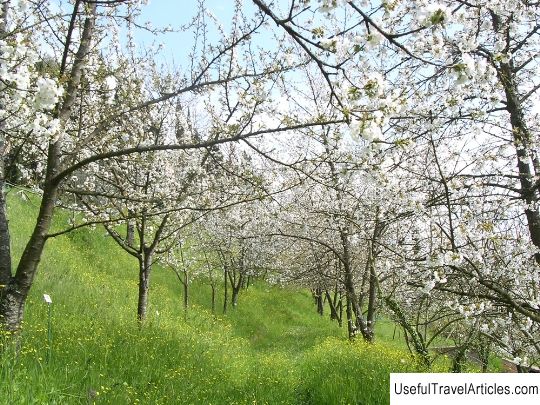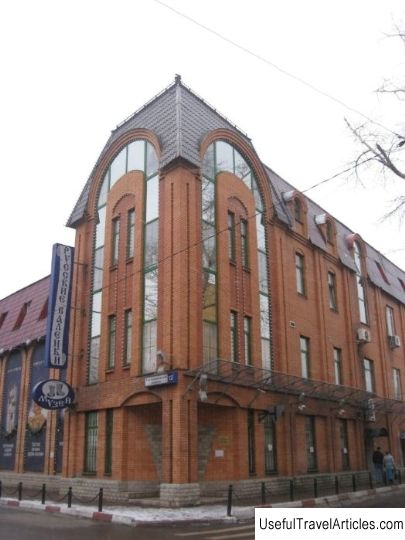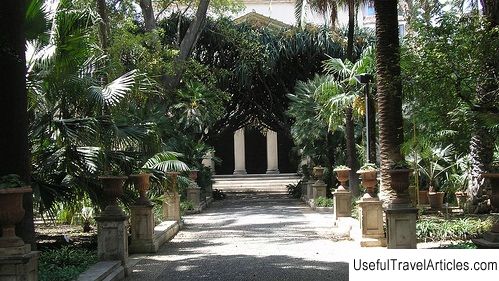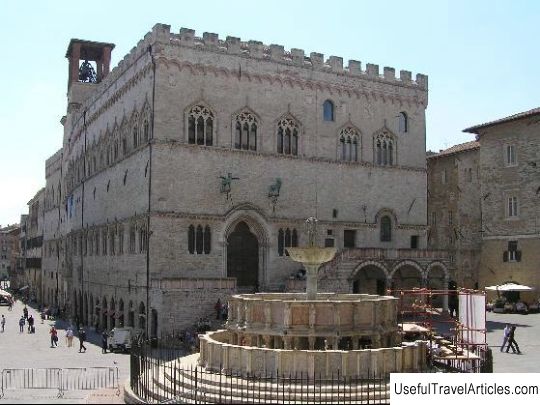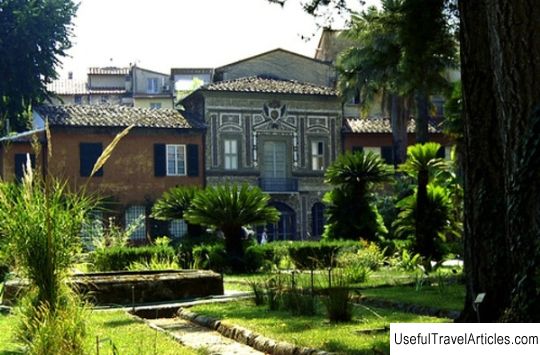Botanical Garden of Perugia (Orto Botanico dell'Universita di Perugia) description and photos - Italy: Perugia
Rating: 8,0/10 (4233 votes) 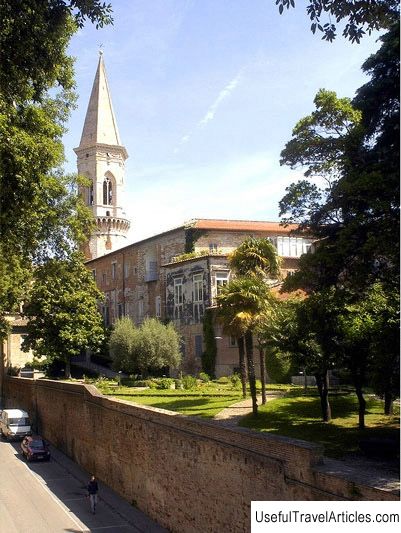
Botanical Garden of Perugia (Orto Botanico dell'Universita di Perugia) description and photos - Italy: Perugia. Detailed information about the attraction. Description, photographs and a map showing the nearest significant objects. The title in English is Orto Botanico dell'Universita di Perugia. Photo and descriptionThe Botanical Garden of Perugia, spread over an area of 20 thousand square meters, is located in the urban area of Borgo on June XX and is run by the University of Perugia. It was founded in 1962 between the streets of Via San Costanzo and Via Romana as the successor of another botanical garden, which was founded in the middle of the 18th century and changed its location several times in its history. The main goal of this institution is to support educational and research programs conducted by the University. You can get to the botanical garden every morning. That first botanical garden, created in 1768, was located outside the city walls of Perugia on an embankment between the gates of Porta San and Porta Pesa and was a small piece of land, on which mainly medicinal plants were grown. In 1810, the garden was moved closer to Palazzo Olivietani, which today houses the University, and after the creation of the Faculty of Agricultural Sciences, it was moved again - this time to the garden of the Benedictine monastery next to the Basilica of San Pietro. There he remained until the middle of the 20th century, when the increase in the number of students required the creation of a larger research site. Today, the botanical garden is home to about 3 thousand different plants, including aquatic species, fruit trees, succulents, tropical and subtropical species and plants used in everyday human life, for example, thyme, valerian, rhubarb , hemlock, foxglove and others. In the local arboretum, you can see the trees typical of the central Apennines - chestnuts, oaks, beeches, poplars, willows and mistletoe. In addition, there is an alpine garden and a Japanese rock garden, as well as a greenhouse with an area of 700 sq.m. By the way, the garden on the territory of the Benedictine monastery near the Basilica of San Pietro has also survived - it is called the Medieval Garden of Perugia. Once upon a time there was a cathedral on this site, and today you can see fragments of buildings and structures that stood here earlier, including the Etruscan-Roman road and city gates, dating from the 13th century. You can get into this garden by going through the first covered monastery gallery. Visitors immediately find themselves at the egg-shaped section surrounded by water sources that symbolize the four rivers of Eden, as well as the amniotic fluid in which life originates. Inside you can see 12 signs of the zodiac, plants that relate to each of these signs, and two trees that have important symbolic meaning - the Tree of Life (magnolia) and the Tree of Revelation (ficus). A little further, there is the so-called Lukus - a sacred forest. For monks, the sacred forest was a place where they could be in solitude and reflect on life. Among the trees in this forest are Lebanese cedar, laurel, linden and ginkgo biloba, known as the “tree of eternal youth”. From Lukus, the road leads to the last section of the Medieval Garden, consisting of flower beds with medicinal plants and a kind of vegetable garden. And above the garden is the so-called Podium - the ruins of a 16th century tower, from which a wonderful view of the valley of Umbria, Assisi, Monte Subasio and the Apennines opens.         We also recommend reading Castle and gardens of Villandry (Chateau de Villandry) description and photos - France: Loire Valley Topic: Botanical Garden of Perugia (Orto Botanico dell'Universita di Perugia) description and photos - Italy: Perugia. |
